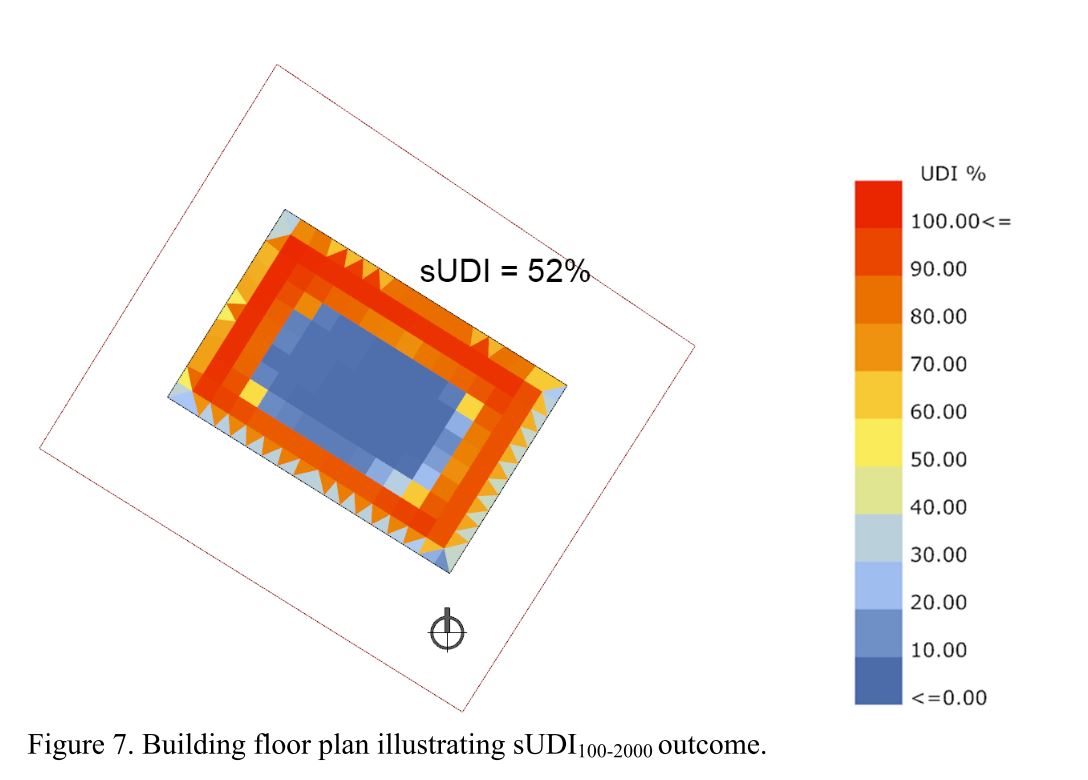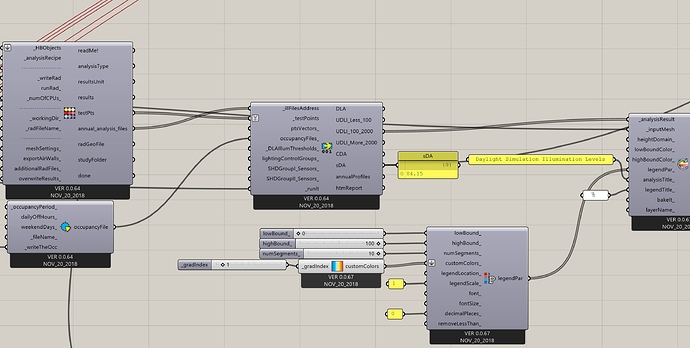Hey folks!
I’m writing to ask if anybody can recommend a sort of a metric that is able to evaluate daylighting performance in early design phases. Literature is full of many applications that balance among sDA and ASE, but unfortunately all those implementations are in later phases (e.g. design development phase) or are applied on open plan building typologoes like office buildings. So what if we are working on a hotel building or a resort that is full of hundreds of zones?
The problem is that, you know, in conceptual design phases we have no zones are decided yet, just massing. So, is it right to apply sDA/ASE or any other metric that you can recommend on the total floor area? to indicate and optimize how much daylight can enter the building envelope through an optimum set of windows configuration and building orientation?
Image courtesy of https://www.sciencedirect.com/science/article/pii/S0038092X15006933
Any recommendations? Thanks a bunch in advance!

